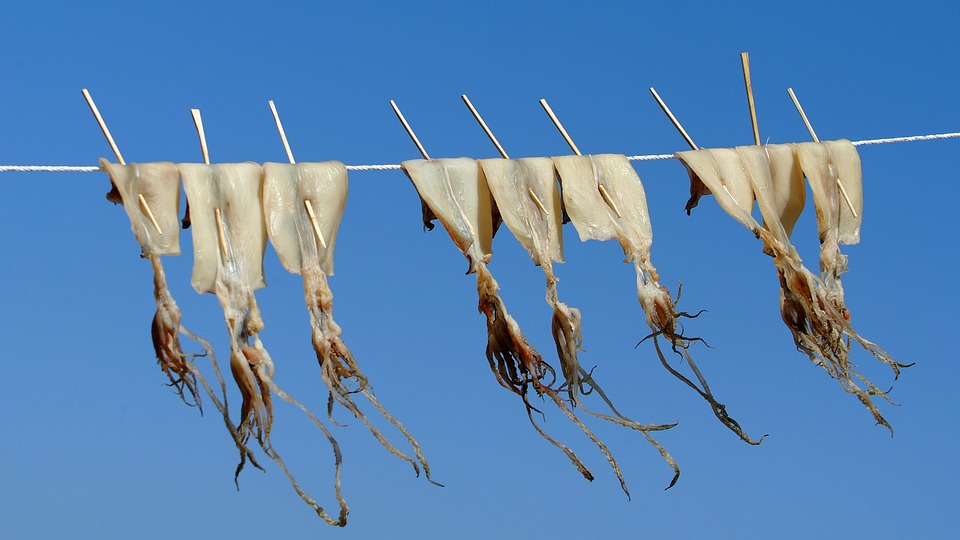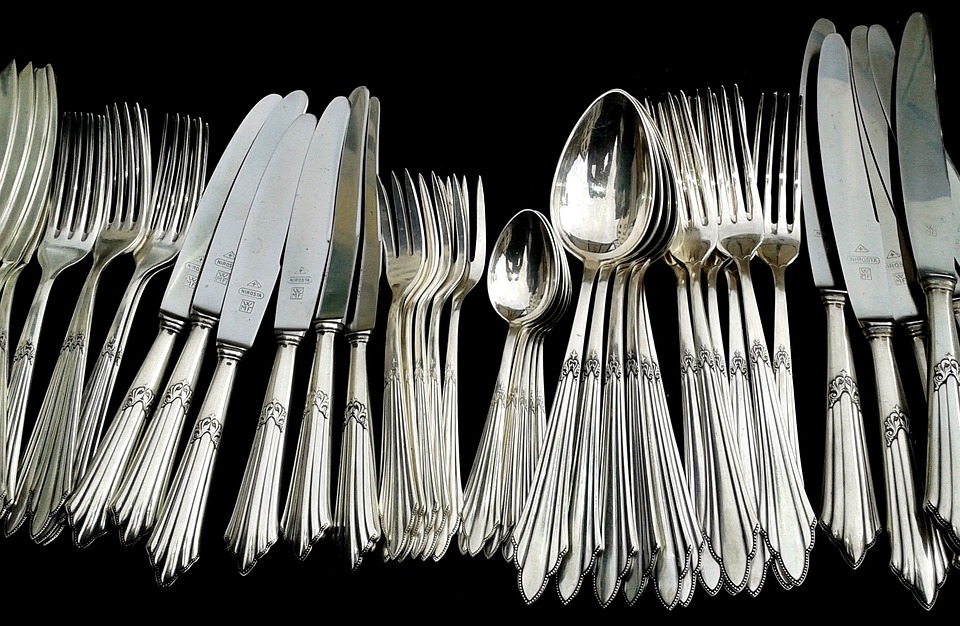The Squid’s Tale: Unraveling the Mysteries of Their Unique Body Structure
Deep within the ocean’s depths, a fascinating creature lurks, shrouded in mystery. The squid, a cephalopod with a body structure unlike any other, has long captivated scientists and marine enthusiasts alike. With its eight arms, three hearts, and ability to change color, the squid is a master of disguise and deception. But what lies beneath its extraordinary appearance? Let’s dive into the world of squid anatomy and unravel the secrets of their unique body structure.
The Arms of the Squid
The squid’s most striking feature is its eight arms, each covered in suckers and hooks. These appendages are not only used for crawling, swimming, and capturing prey but also play a crucial role in the squid’s sensory and cognitive abilities. The arms are covered in tiny, light-sensitive spots called ocelli, which help the squid detect light and dark, allowing it to navigate its surroundings. Additionally, the suckers on the arms contain taste buds, enabling the squid to taste its environment and detect potential predators.
The Three Hearts of the Squid
Unlike humans, who have one heart, the squid has three. Two of these hearts are branchial hearts, responsible for pumping blood to the squid’s gills, while the third is a systemic heart that pumps blood to the rest of its body. This unique arrangement allows the squid to efficiently pump blood to its entire body, including its arms and tentacles, which require a constant supply of oxygen.
The Ink-redible Ability to Change Color
One of the squid’s most impressive abilities is its capacity to change color and texture. This is made possible by specialized cells called chromatophores, which contain pigments that can be expanded or contracted to alter the squid’s appearance. This remarkable ability allows the squid to blend in with its surroundings, communicate with other squid, and even express emotions.
The Suckers and Hooks: A Masterclass in Locomotion
The squid’s arms are equipped with suckers and hooks that work together to create an incredibly efficient propulsion system. As the squid moves its arms, the suckers create a suction force that pulls the squid forward, while the hooks provide additional traction. This unique combination allows the squid to swim rapidly and maneuver through tight spaces with ease.
The Squid’s Brain: A Marvel of Complexity
The squid’s brain is a remarkable organ, consisting of a large proportion of neurons dedicated to processing sensory information. The squid’s eyes are capable of detecting polarized light, allowing it to see underwater in a way that humans cannot. Additionally, the squid’s brain contains a highly developed olfactory system, which helps it detect the scent of its prey.
Frequently Asked Questions
Q: How do squid change color?
A: Squid change color by expanding or contracting specialized cells called chromatophores, which contain pigments.
Q: How do squid swim?
A: Squid use their arms to create a suction force, which pulls them forward, and their hooks to provide additional traction.
Q: What do squid eat?
A: Squid are carnivores and feed on a variety of prey, including fish, crustaceans, and other squid.
Q: How long do squid live?
A: The lifespan of squid varies depending on the species, but most live for around 1-5 years in the wild.
Q: Can squid be kept as pets?
A: No, squid are wild animals that require specialized care and equipment. They are not suitable for home aquariums.
Image:
[Insert image of a squid in its natural habitat, with its arms and tentacles extended]
In conclusion, the squid’s unique body structure is a testament to the incredible diversity and adaptability of life on our planet. As we continue to explore and learn more about these fascinating creatures, we are reminded of the importance of preserving and protecting our oceans and the incredible animals that call them home.



